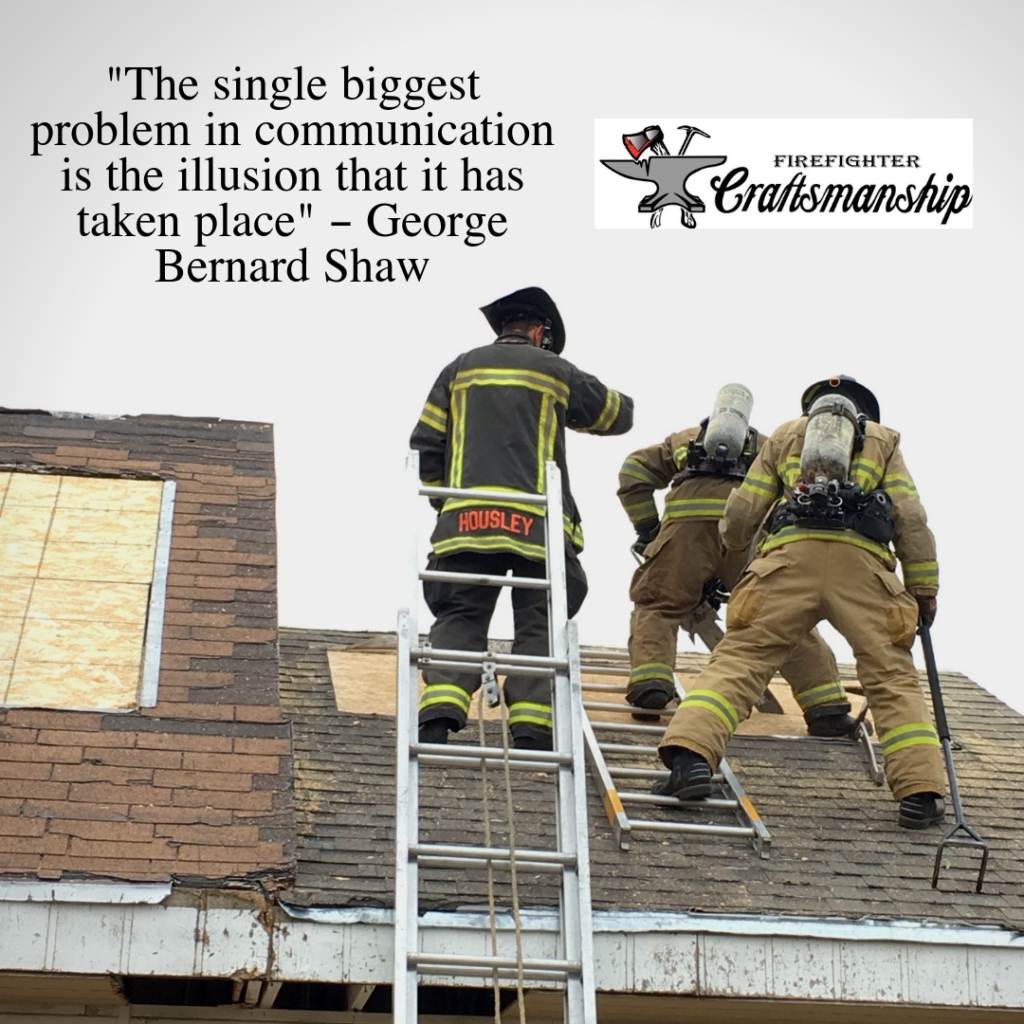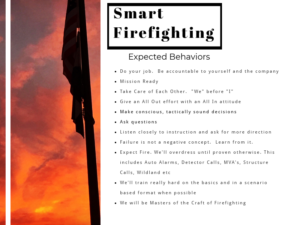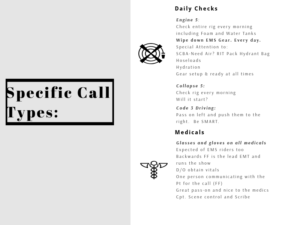 Communicate: Tremendous Results in the Firehouse and on the Fireground
Communicate: Tremendous Results in the Firehouse and on the Fireground
Captain Kevin Housley Firefighter Craftsmanship
On the fire scene, most departments require some sort of “feedback loop” to ensure pertinent radio traffic has been received and that strategic and tactical objectives are being implemented as intended. But in almost every single NIOSH LODD report there is a citation of poor communication on the scene contributing to the event or listed as an area for improvement. This area for improvement is amplified when we’re not on the fireground! With the amount of email, text, social media, and all the other distractions we are inundated with everyday we have to be very intentional to ensure quality and focused communication is being broadcast to our crew, shift, and departments. We have to honestly ask ourselves “are we setting our crews up for success through our communication techniques and practices on a daily basis?”
One thing that has been very effective for me as an engine officer is that I created a simple, easy to read document regarding crew expectations. I used the free piktochart.com and you could also use the free canva.com to keep it visually intriguing and engaging for the reader. This document simply supports the inevitable “expectations” meeting when being assigned to the crew. We have committed to review and update this living document quarterly at a minimum.
One of the most effective uses of this document has been when I have a roving firefighter or driver who is not assigned to the company and is working with us on that shift day. Specifically in these situations (rovers or overtime assignments) this document gets everyone on the same page really quickly, lets them know what the expectations of them are in their specific seat assignment, and also lets them know what they can expect of me in my role.
Then, as a crew, we have a quick stand up conversation at the tailboard to go over minor consistency of information on high hazard buildings, when and how we’re going to stretch longer than pre-connect attack lines, etc and to answer any questions the crew might have and we’re setup for a solid shift. We cannot expect any of our crew members to know what the expectations are if we don’t clearly and consistently communicate them. Here is an example of 2 of the pages including some specific call types. You can click on the image to expand it.
As you no doubt recognize I have used and adapted other leaders’ mentalities (Mark VonAppen) into this document that I agree with and have added in my own style and thoughts in other areas. We can learn so much from one another so take what you like and modify it to how you and your system can and does operate. The categories I have used are Expected Behaviors, Daily Checks, Medicals, Structure Fires, MVA’s, Technical Rescue/HazMat, and Training. Using simple language and a bullet point style list has been a very effective tool that gets the message across consistently and concisely. Quality communication in the firehouse and in the training environment leads to huge gains on the emergency scene.
The single biggest problem in communication is the illusion that it has taken place” – George Bernard Shaw








